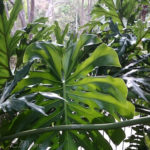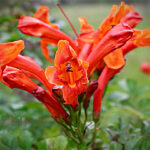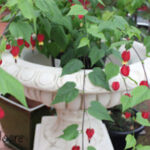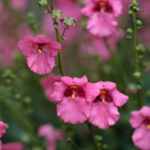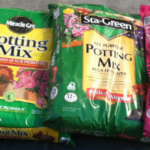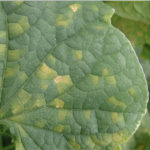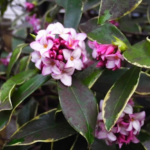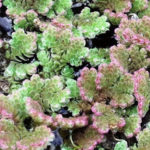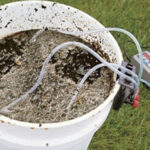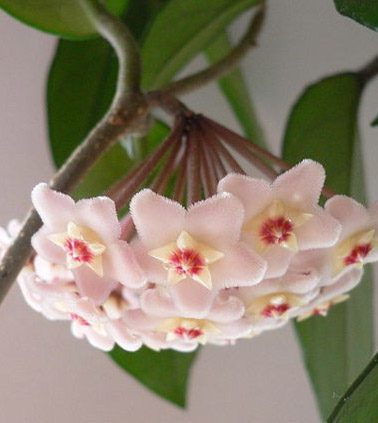
Hoya Vine Prune, Care & Maintenance
Hoya Vine Prune, Care & Maintenance
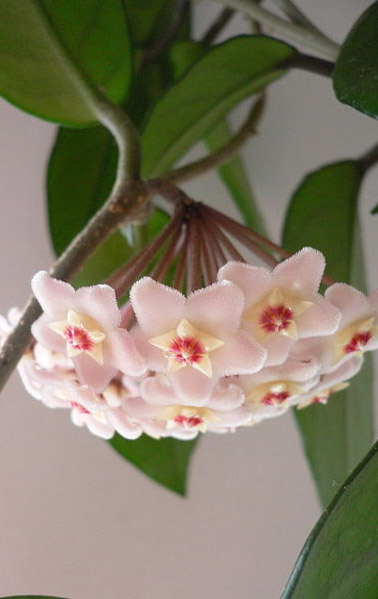 The hoya plant, also commonly known as the wax plant or the wax flower. Hoyas have woody stems that produce thick leathery waxen leaves that slow down water loss aside from this the hoya vine plant is a tropical Asian succulent with a great deal of species growing in the Philippines and Australia. The star shaped blossoms produced in clusters are available in an array of colours, from yellow and white to red and magenta but don’t come in blue or black.
The hoya plant, also commonly known as the wax plant or the wax flower. Hoyas have woody stems that produce thick leathery waxen leaves that slow down water loss aside from this the hoya vine plant is a tropical Asian succulent with a great deal of species growing in the Philippines and Australia. The star shaped blossoms produced in clusters are available in an array of colours, from yellow and white to red and magenta but don’t come in blue or black.
Like many succulents, hoya plants are evergreen, simple to care for and popular as houseplants, especially the variety Hoya carnosa, which has light pink wax blooms with a red centre. Hoyas are not toxic to humans, dogs or cats, another feature that makes them desirable as houseplants.
In order to bloom properly, most Hoyas need access to lots of bright yet indirect light, a few varieties seem to prefer filtered light and many will grow well under fluorescent light bulbs. Hoyas can still survive in shade, but they will not bloom if there is inadequate light. Hoyas require warmth, grown under a verandah is ideal receiving morning sun.
In addition to light and warmth, hoyas enjoy high humidity levels, the International Hoya Association (IHA) recommends humidity levels of 60% or more whenever possible. The IHA also recommends misting your hoya plants with a spray bottle often, particularly in winter when the air tends to be extra dry.
Hoyas can handle a variety of different soil conditions, and some even seem to thrive when pot bound, but the planting medium should be loose enough to allow for proper drainage. Because Hoyas tend to climb by twining in a vine-like manner, offer some support like a trellis or allow them to grow down from a hanging basket. If your hoya plant suddenly begins to look scraggly or overgrown, prune it back with confidence it will rebound quickly, take on a bushier form and sprout more flowers. Always be careful not to prune the flower spurs because they produce flowers the following years.
Hoyas can be propagated in two different ways
By rooting cuttings from an existing plant (preferably from one that is not currently flowering) or by planting hoya seeds. Hoya cuttings can be rooted easily in either water or soil; some plant enthusiasts find that adding a few drops of liquid plant food to water can accelerate this process. Whenever you take a Hoya cutting, be sure to use a clean knife, use a tip cutting, make the cut underneath close to the knuckle or joint on the plant. They should take root at the leaf nodes. Growing hoyas from seeds is tougher to do and can yield mixed results, so most casual gardeners should rely on the cutting method for generating new hoya plants.
Although hoyas are generally quite simple to care for, there are a number of diseases, insects and problems that can still occur. If a hoya plant with previously glossy leaves now looks dull and faded, check new growth to see if there is a disease or infestation attacking the plant. If leaves are turning yellow, the likely culprit is low nitrogen in the soil, which can be corrected with plant food.
Alternatively, low humidity levels might be weakening your hoya vine, and this, in turn, can lead to a spider mite problem. Another type of insect that frequently attacks hoyas is the mealybug, a small white bug that will typically appear on the undersides of hoya leaves. Most insect problems can be cured by treating your hoya vine with an insecticidal soap that is sprayed directly onto the leaves.
Many other hoya vine issues can be solved by increasing the available light, warmth or humidity levels, or by adding diluted fertiliser to the soil.


